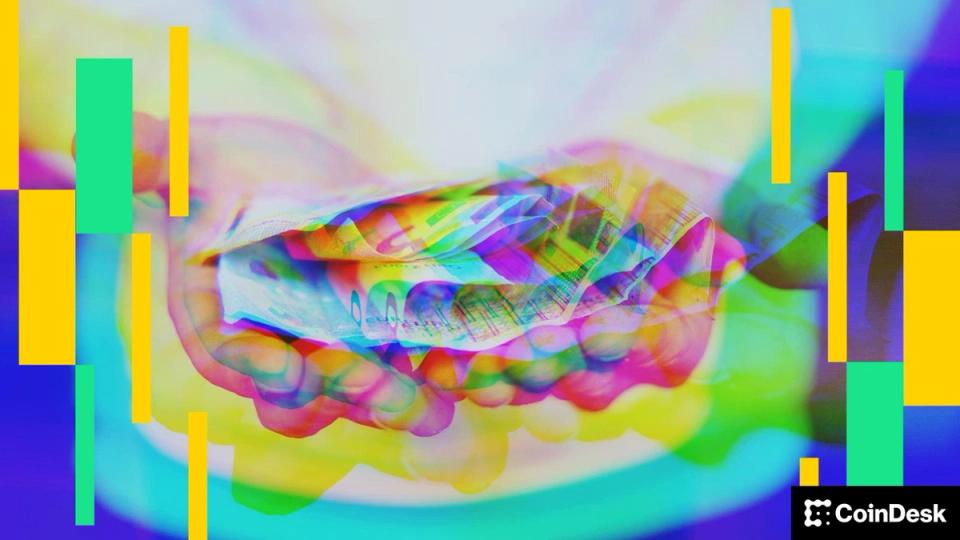As token buybacks gain popularity in crypto, Amir Hajian, head of research at market-making firm Keyrock, warns in a new report that every dollar spent on token buybacks is a dollar diverted from growth and innovation, highlighting the hidden opportunity cost behind demonstrating trust.
Token buybacks involve blockchain projects repurchasing their own tokens on the open market, similar to stock buybacks. The strategy sucks circulating supply out of the market, creating a shortage and potentially increasing the value of the token to signal confidence to investors.
The increase in token buybacks marks a turning point in how crypto defines maturity, Hajian asserts in the report shared with CoinDesk, writing that what began as an effort to prove that protocols could return value like businesses became a stress test of their financial realism. The key point is whether Protocols can buy back with the restraint of a central bank rather than the nervous reflexes of a bull market.
Much of this capital for buyouts comes from the Treasury rather than recurring revenue, showing how quickly the quest for legitimacy can exhaust future avenues.
With clearer rules forming in the United States for crypto and protocols finally generating consistent fee revenue, token buybacks have become the preferred way to tie revenue to holder value.
Hajian notes that protocol payments to token holders have increased by over 400% since 2024, reaching almost $800 million in Q3 2025.
Across the 12 revenue distribution protocols studied, teams returned an average of 64% of total revenue to holders, far more than traditional DAOs, which reinvest around three-quarters of their expenses into growth and development.
This tendency to favor distributions rather than reinvestment, Hajian writes, has forced the protocols to confront the limits of one-time Treasury spending. As markets mature and revenues normalize, projects can no longer afford buyouts that treat capital as infinite or timing as unimportant.
In response, some teams are rethinking how and when value should return to holders, tying buybacks to valuation metrics, cash flow strength and market conditions rather than fixed percentages.
Hajian points to the rise of trigger- and options-based models as the first signs of this shift, designed to make buybacks countercyclical, income-sensitive and sustainable beyond the next up cycle.
Trigger-based systems tie spending to measurable fundamentals, such as valuation multiples or fully diluted value bands, increasing allocations when tokens appear undervalued and reducing them when prices soar.
Options-based structures go even further, allowing protocols to sell covered puts and earn premium income while committing to future purchase levels, a design that generates income even in the absence of a buyback.
Hajian argues that these models together reflect a mature approach to tokenomics, writing that they are sound for cash management because they align redemptions with real market conditions.
The report also warns that quality of execution remains an underestimated risk.
Most projects use taker orders that extract liquidity from tight order books, thereby exaggerating price fluctuations once the purchase is stopped. Calibrating buybacks based on organic volume and relying on manufacturer orders, Hajian writes, would allow protocols to add liquidity instead of consuming it.
So when should token buybacks take place?
A protocol should only initiate buybacks once its revenue is recurring, its treasury can cover at least two years of operations, and its valuation multiples suggest the token is trading below fundamentals, says Hajian.
Mature projects tend to initiate buyouts when financial strength is evident: revenues are stable, market liquidity is significant, and the protocol’s valuation has reached levels where capital returns make economic rather than promotional sense.
In contrast, newer teams often deploy buyouts too early to attract users or attention, confusing visibility with value. These premature buyouts drain the reserves needed to finance products, growth and R&D, writes Hajian.
It could simply be that the real test lies not in the presence of a buyback policy, but in the discipline of waiting until the fundamentals justify it. Buybacks are not a proof of success, but rather a measure of crypto’s ability to evolve from the promise of distribution to the management of profits.




